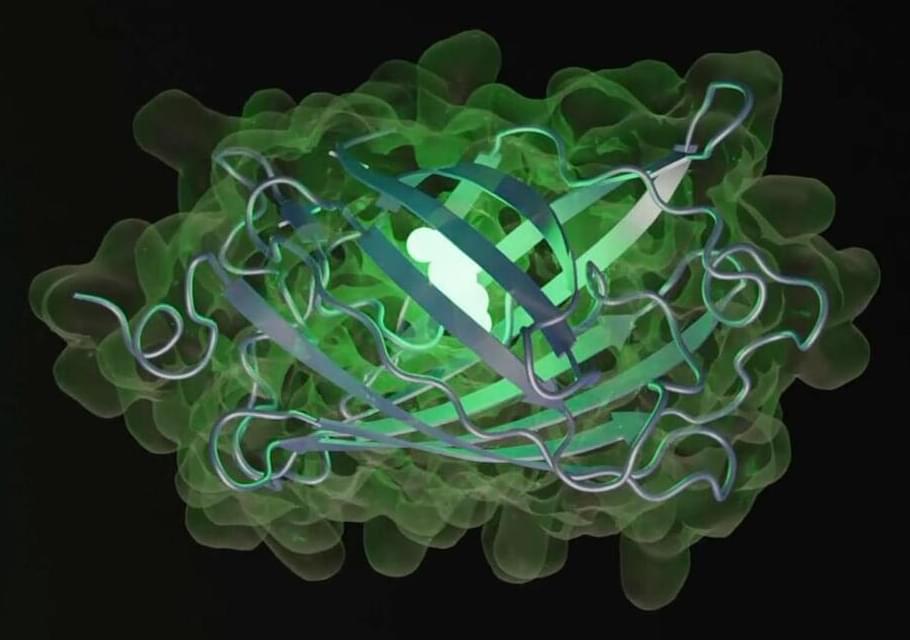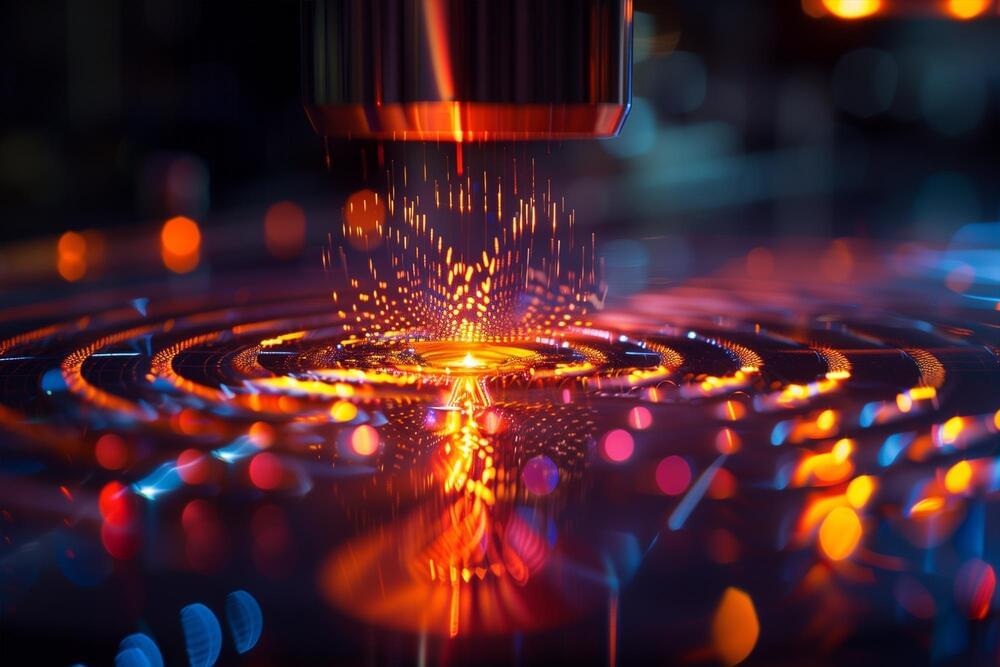Researchers at the John Innes Centre have identified a biological mechanism that helps plant roots create a more hospitable environment for beneficial soil microbes. This breakthrough has the potential to promote more sustainable farming practices by reducing the need for synthetic fertilizers.
Most major crops currently rely on nitrate and phosphate fertilizers, but excessive fertilizer use can have harmful environmental consequences. By leveraging the natural, mutually beneficial relationships between plant roots and soil microbes to improve nutrient uptake, it may be possible to significantly cut down on the use of inorganic fertilizers.
Researchers in the group of Dr Myriam Charpentier discovered a mutation in a gene in the legume Medicago truncatula that reprogrammes the signaling capacity of the plant so that it enhances partnerships with nitrogen fixing bacteria called rhizobia and arbuscular mycorrhiza fungi (AMF) which supply roots with phosphorus.







